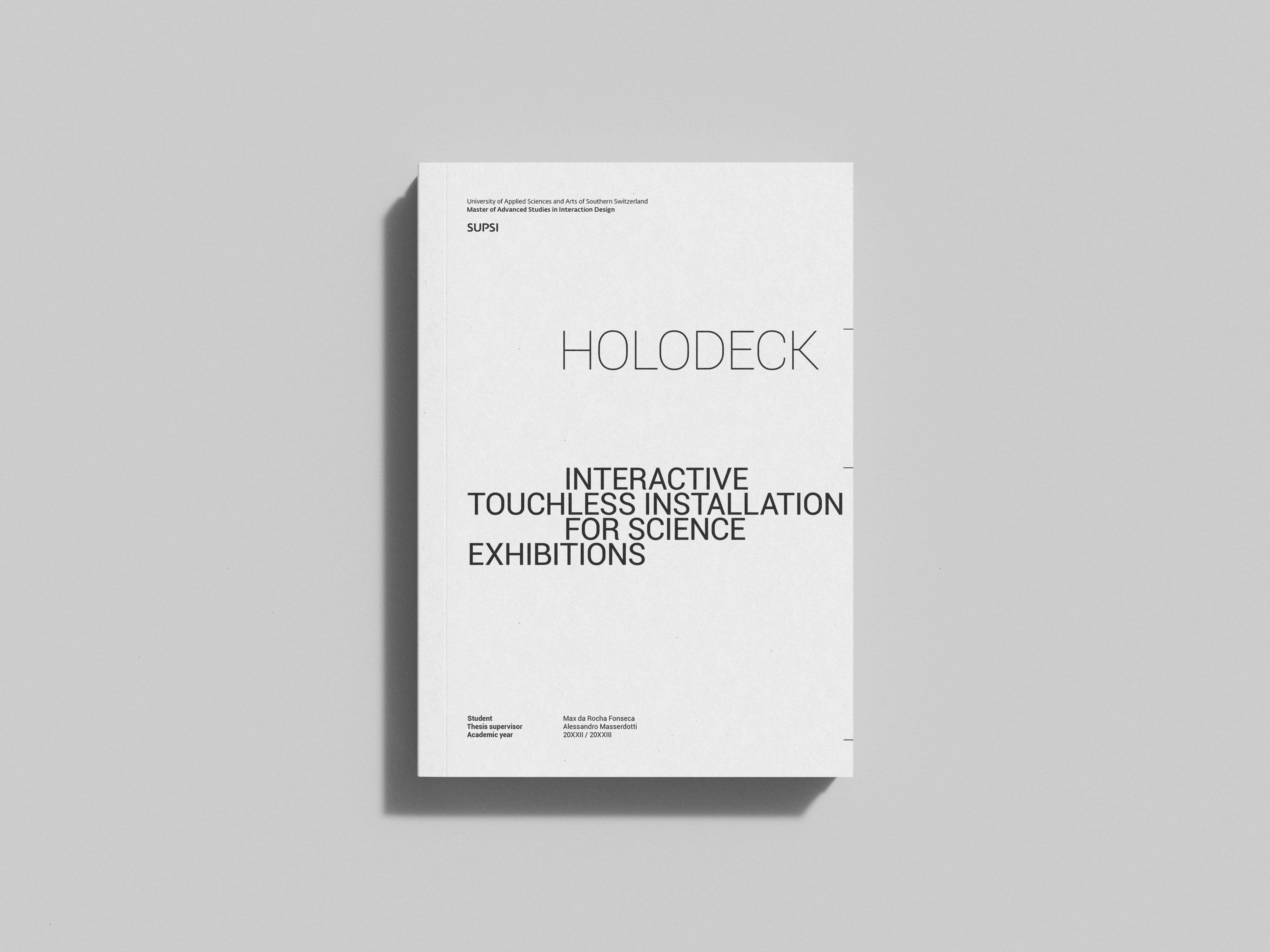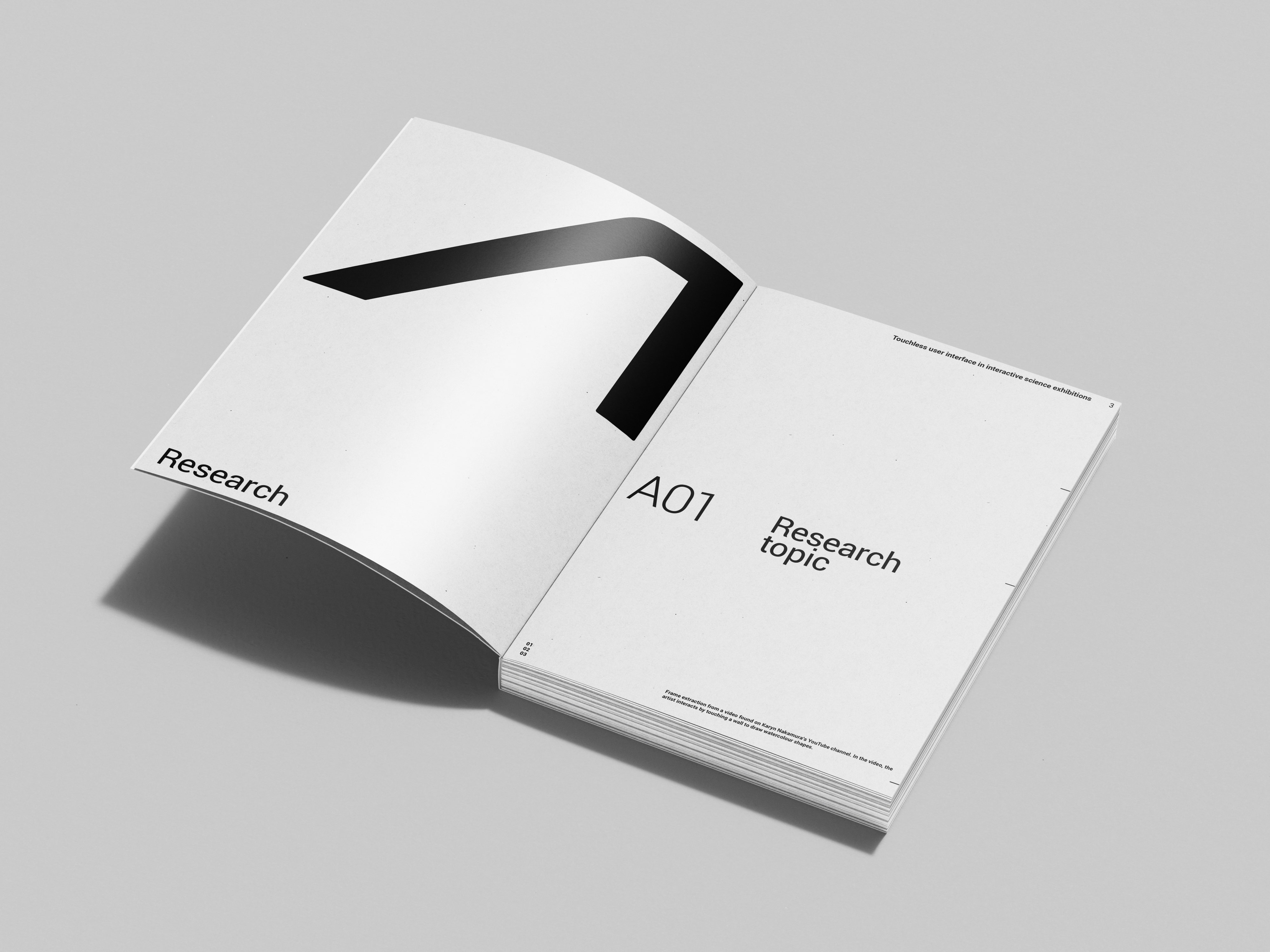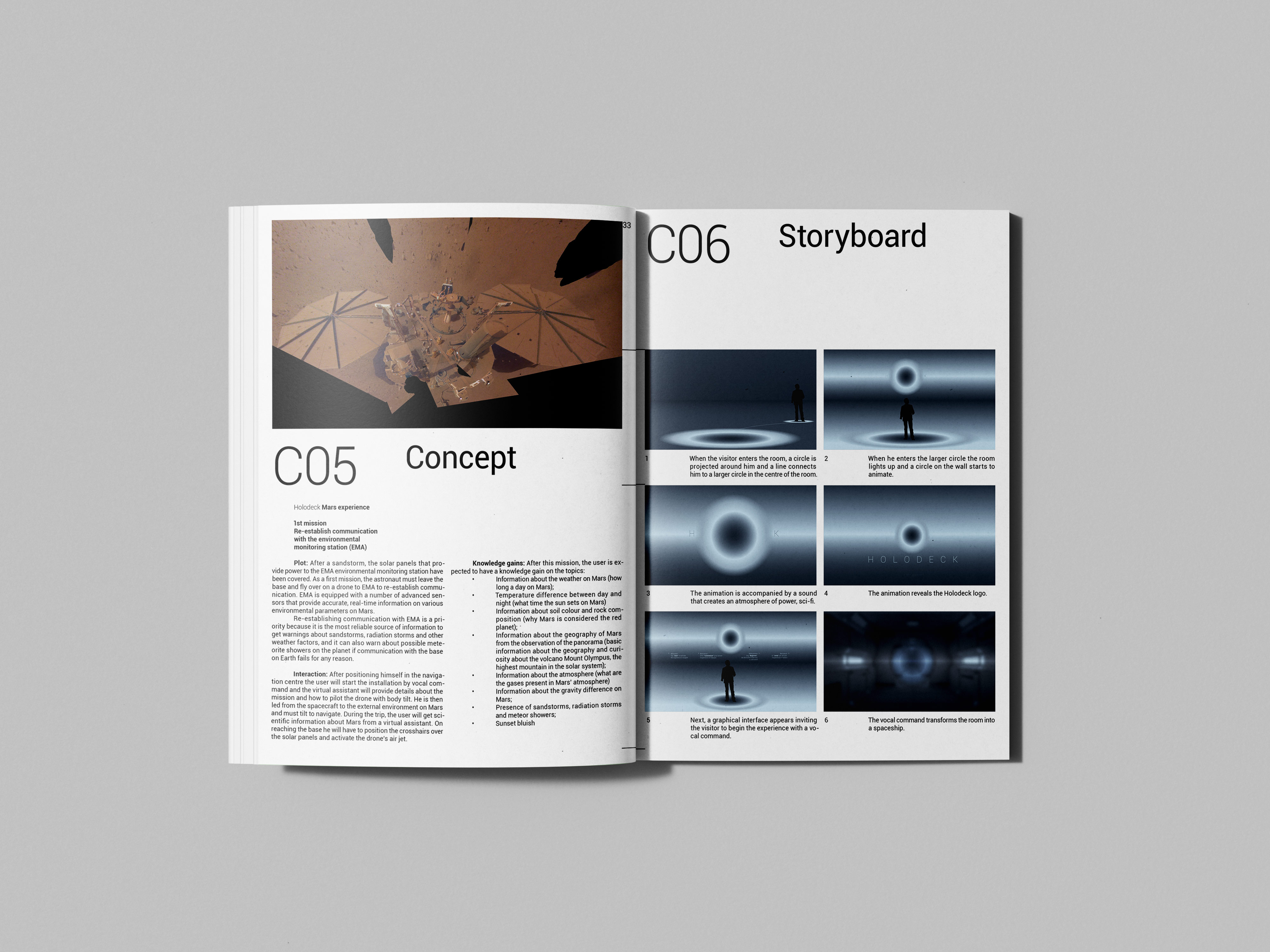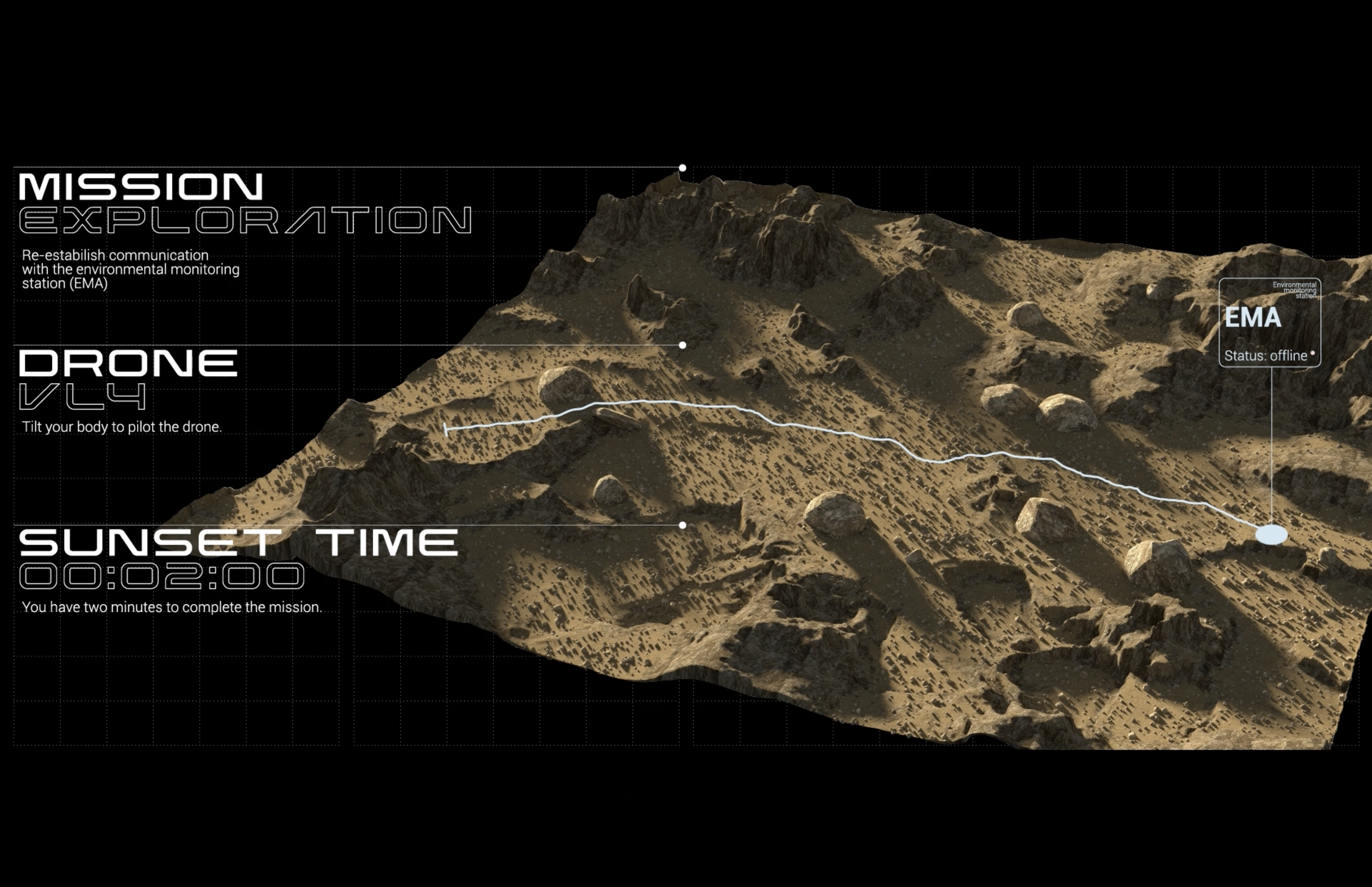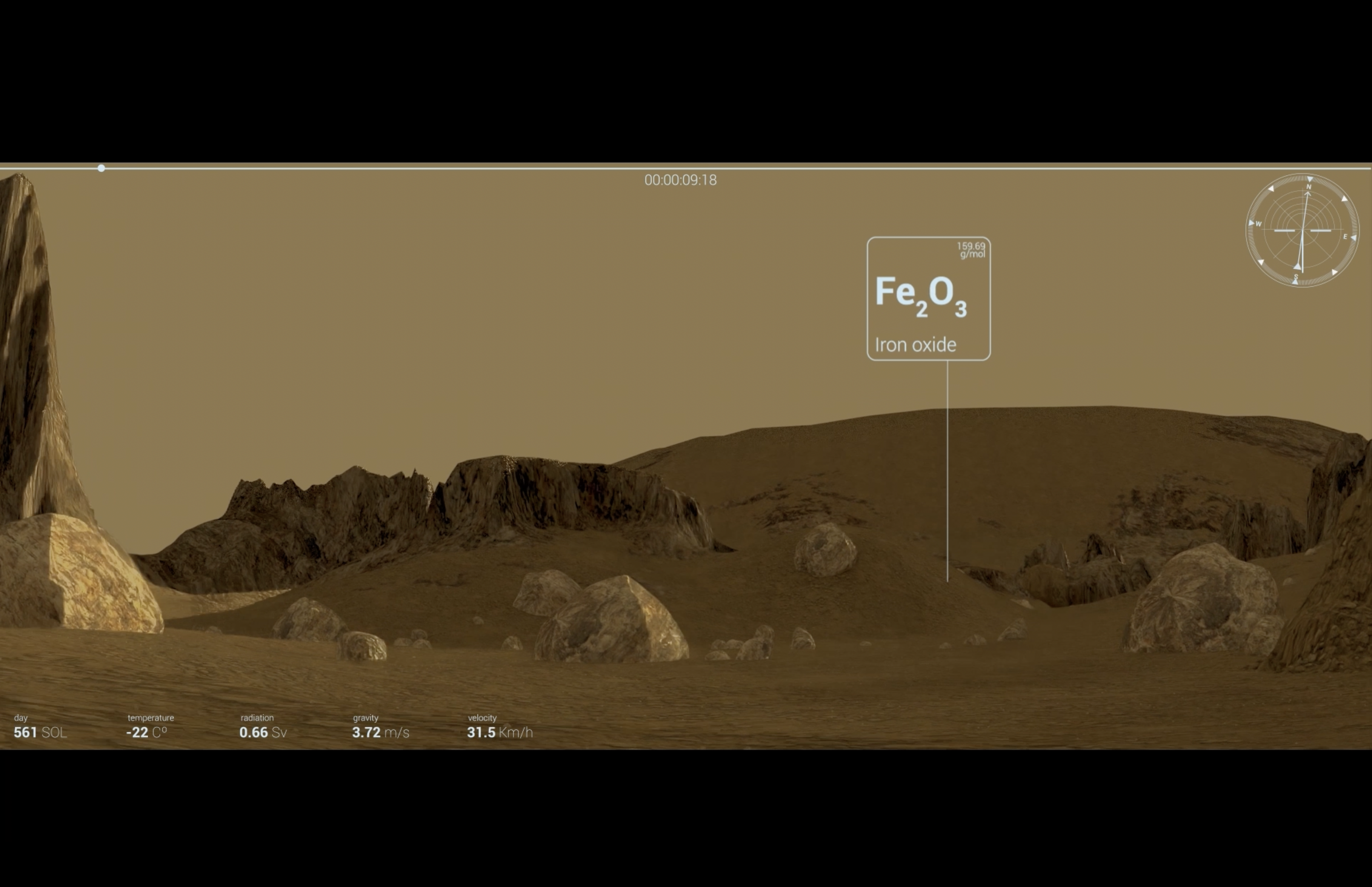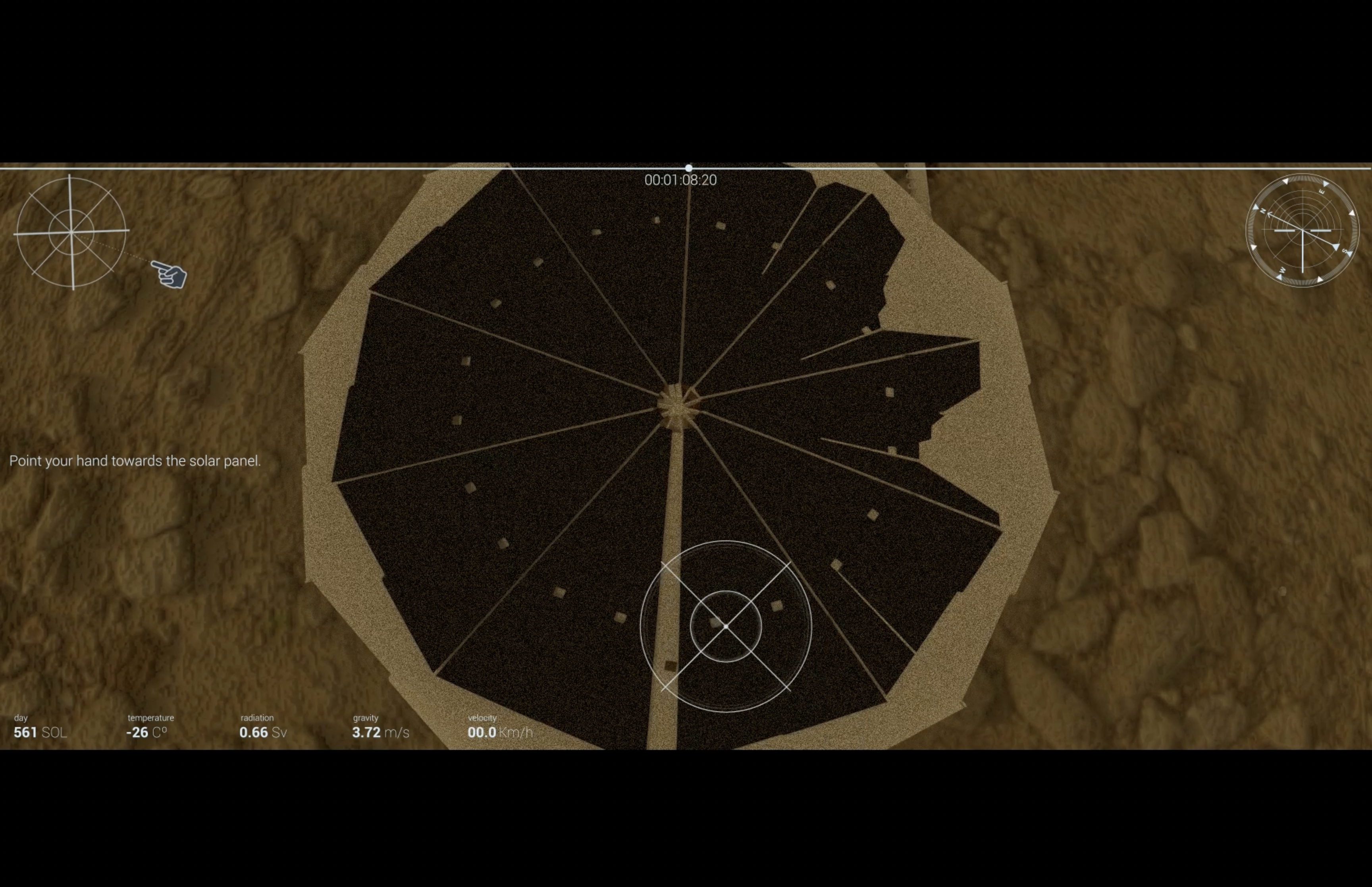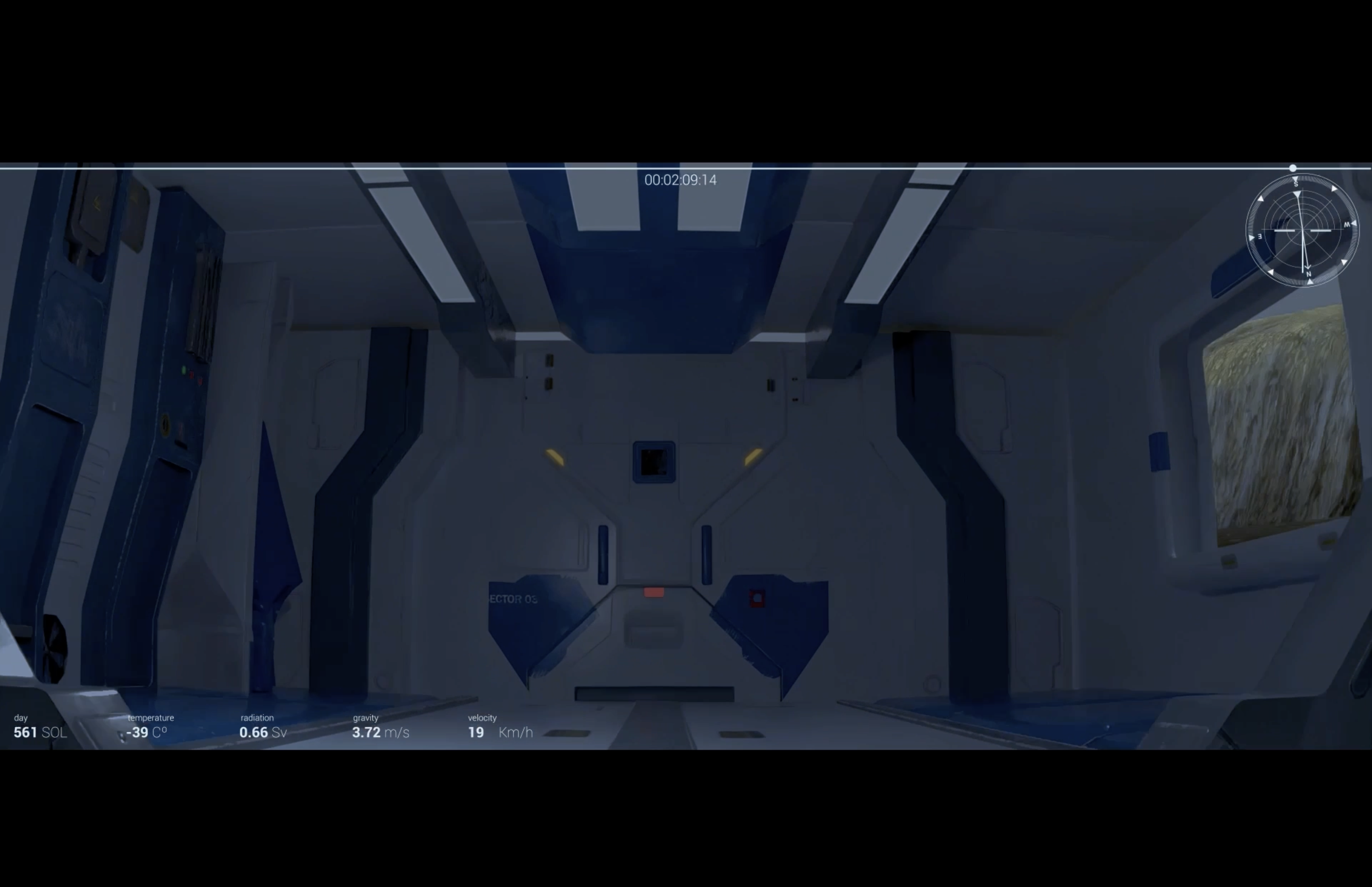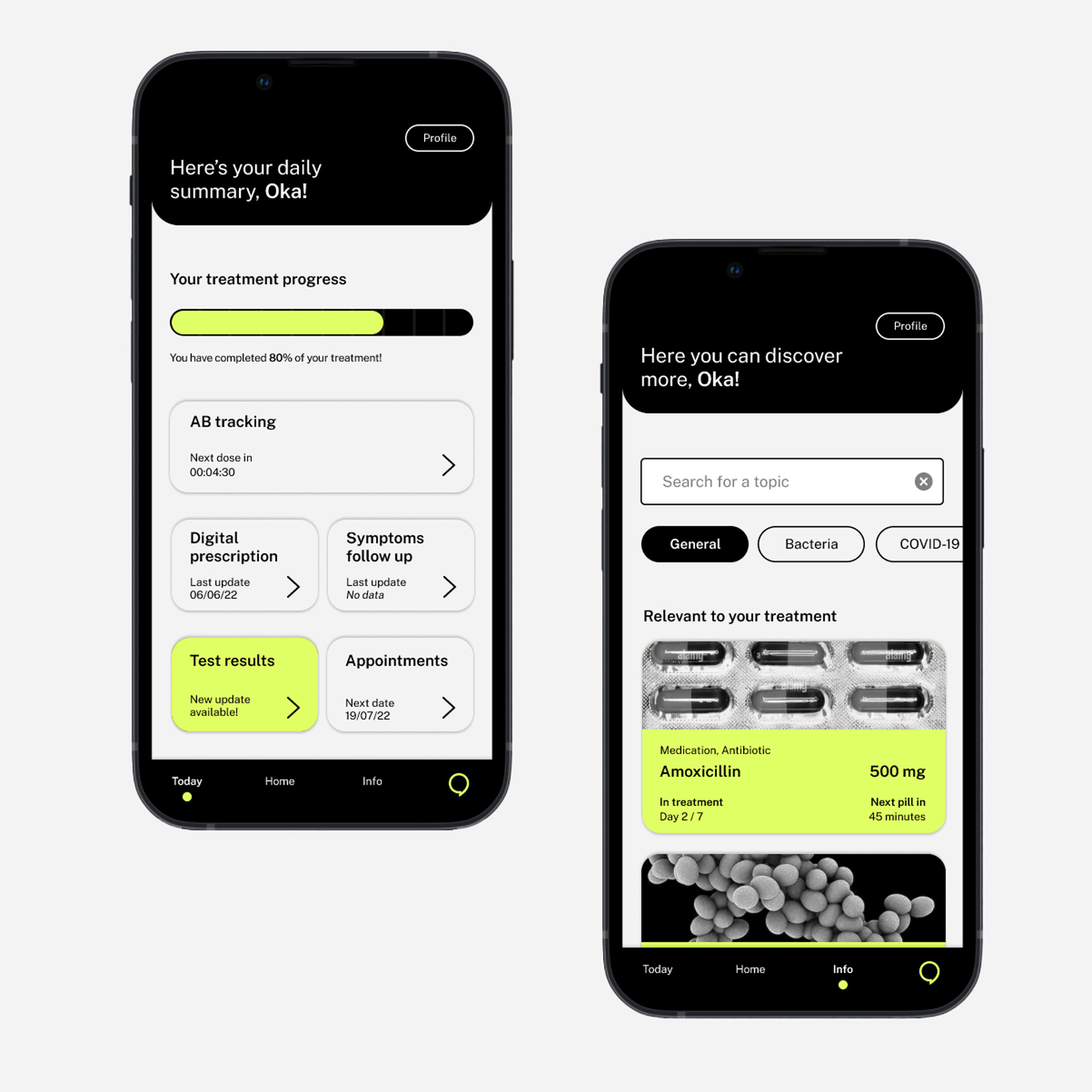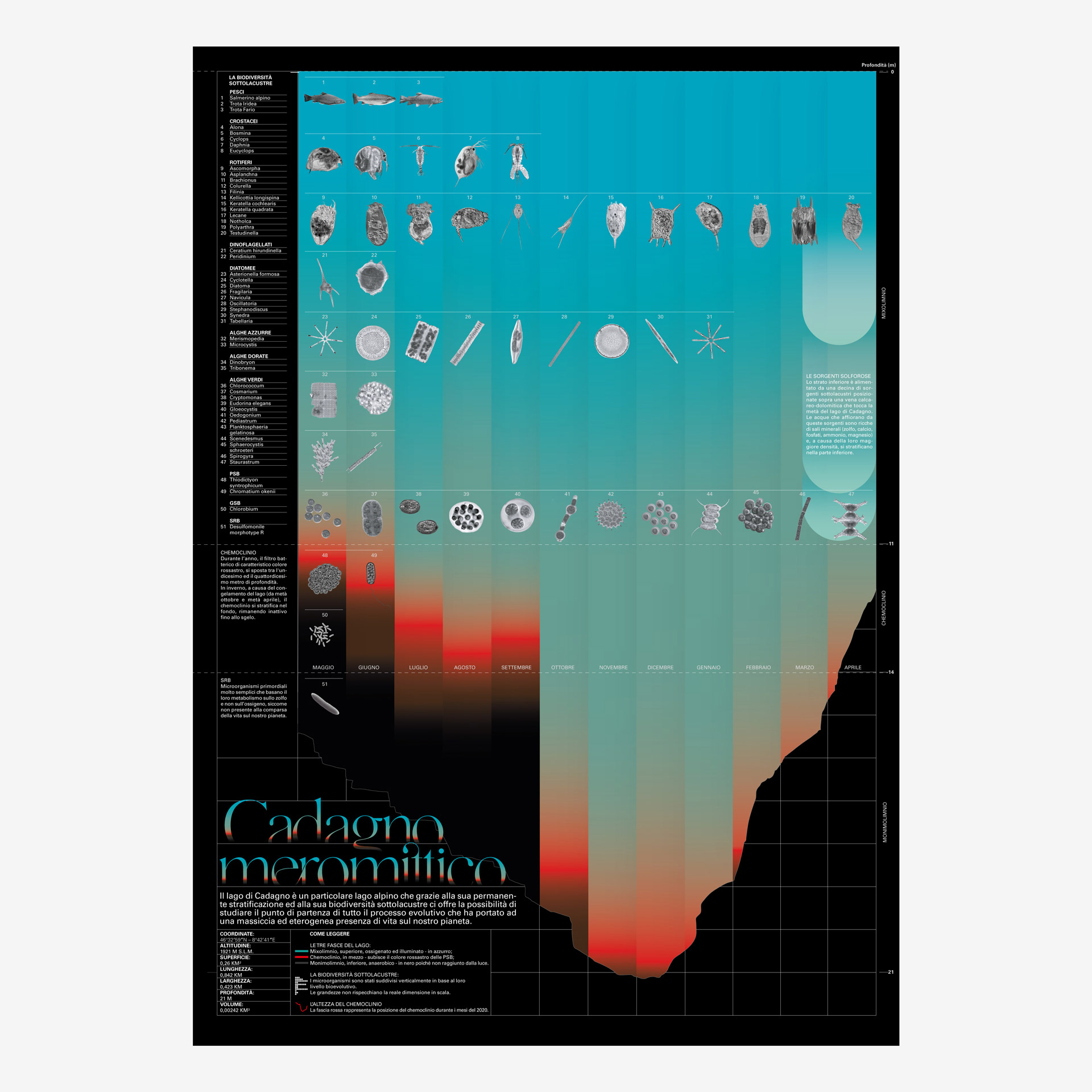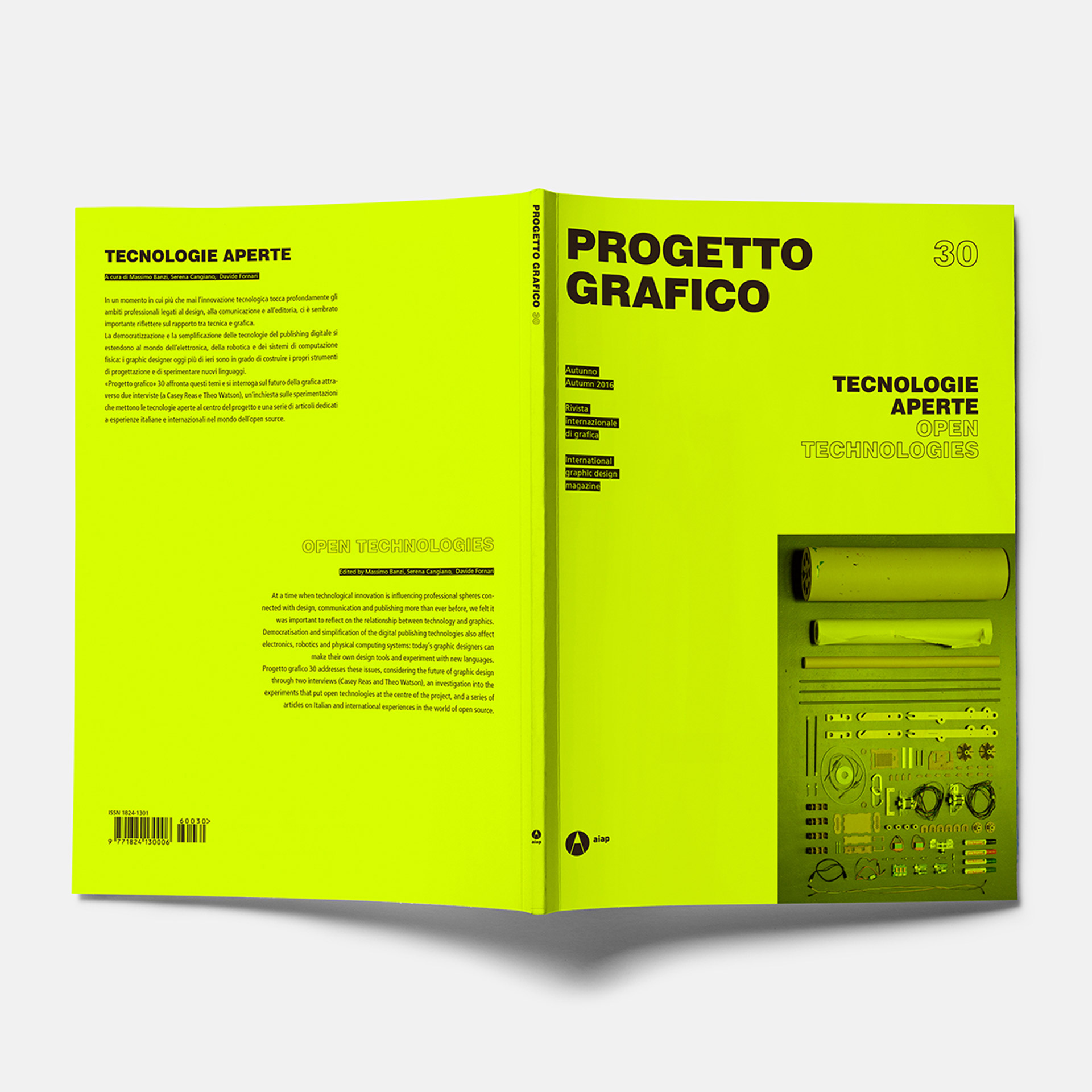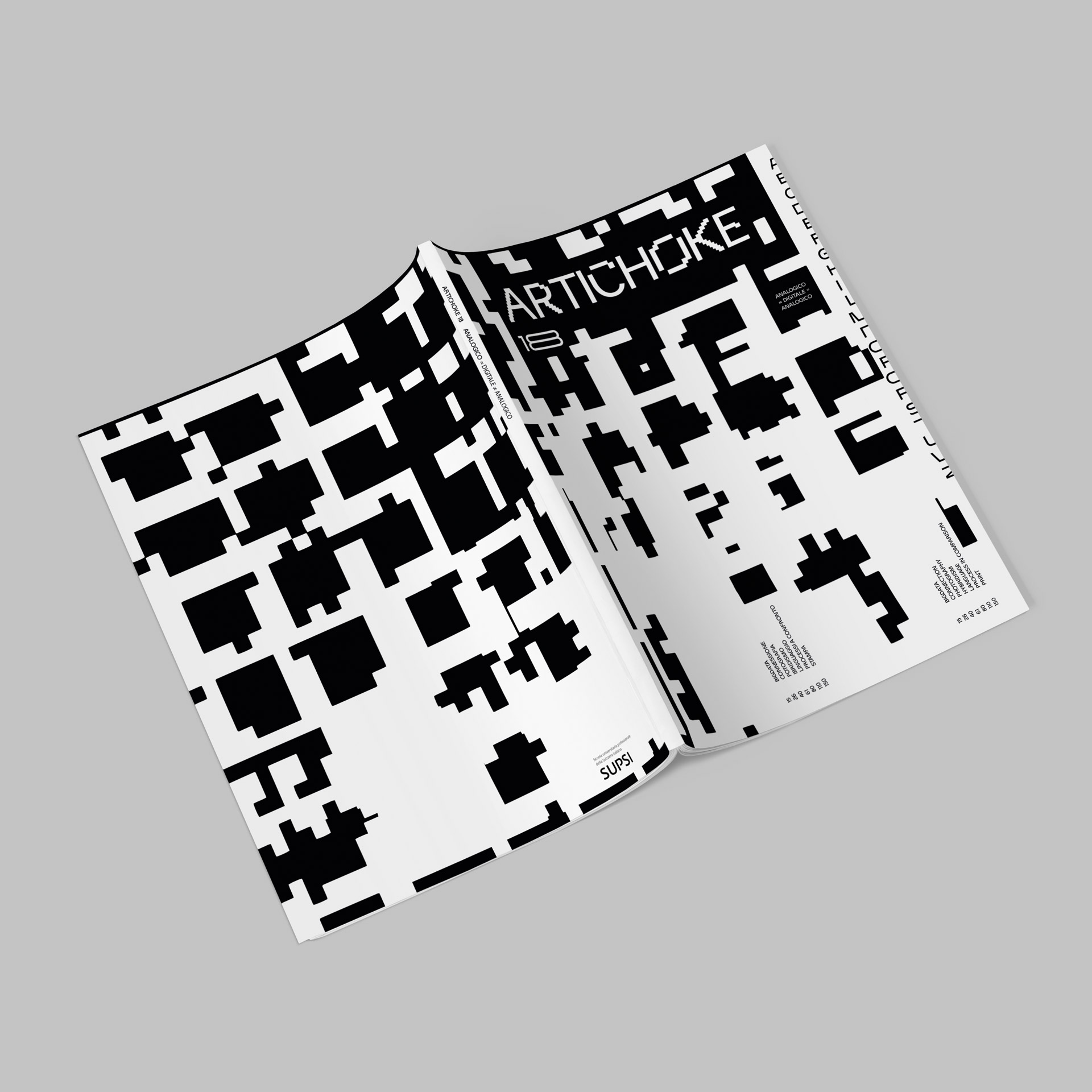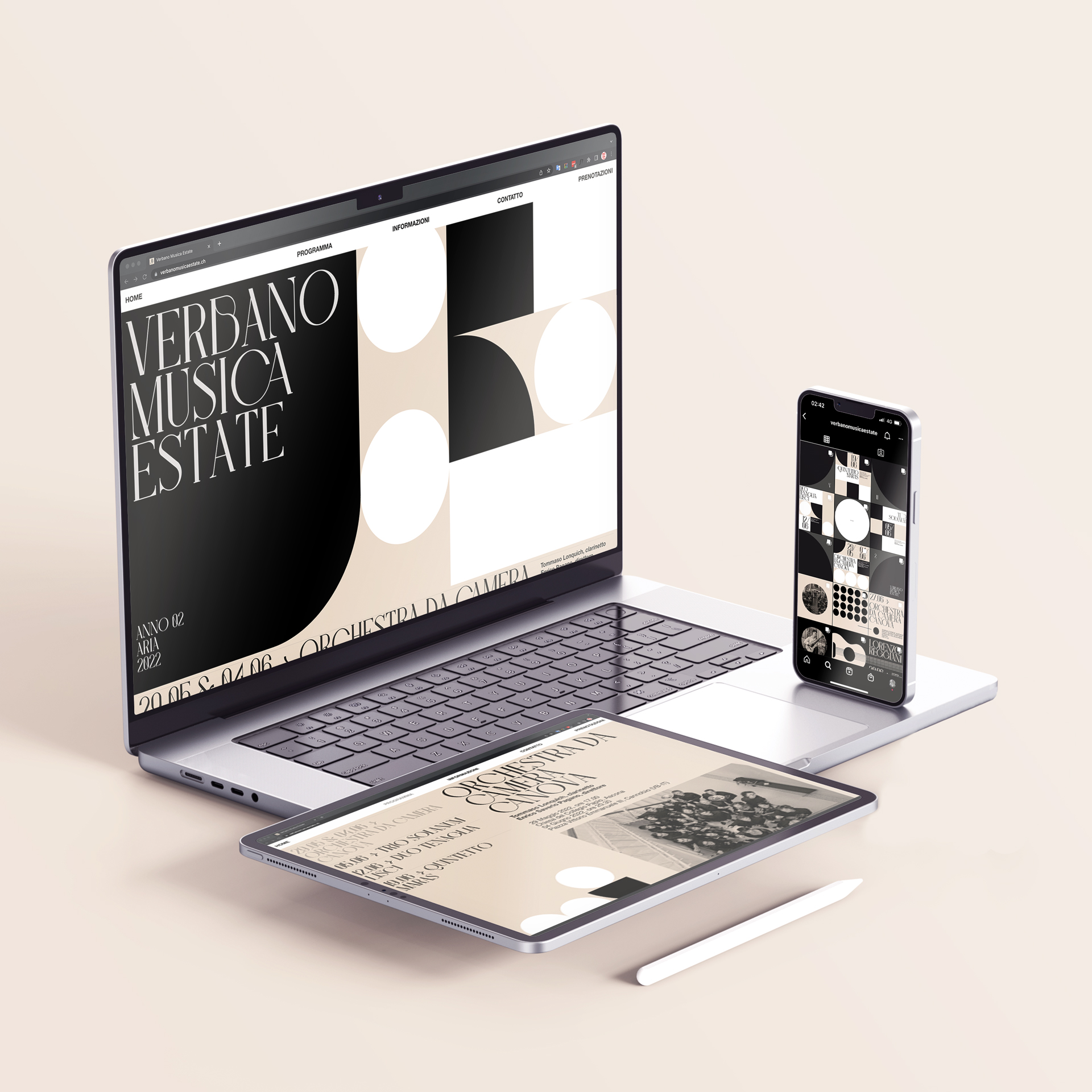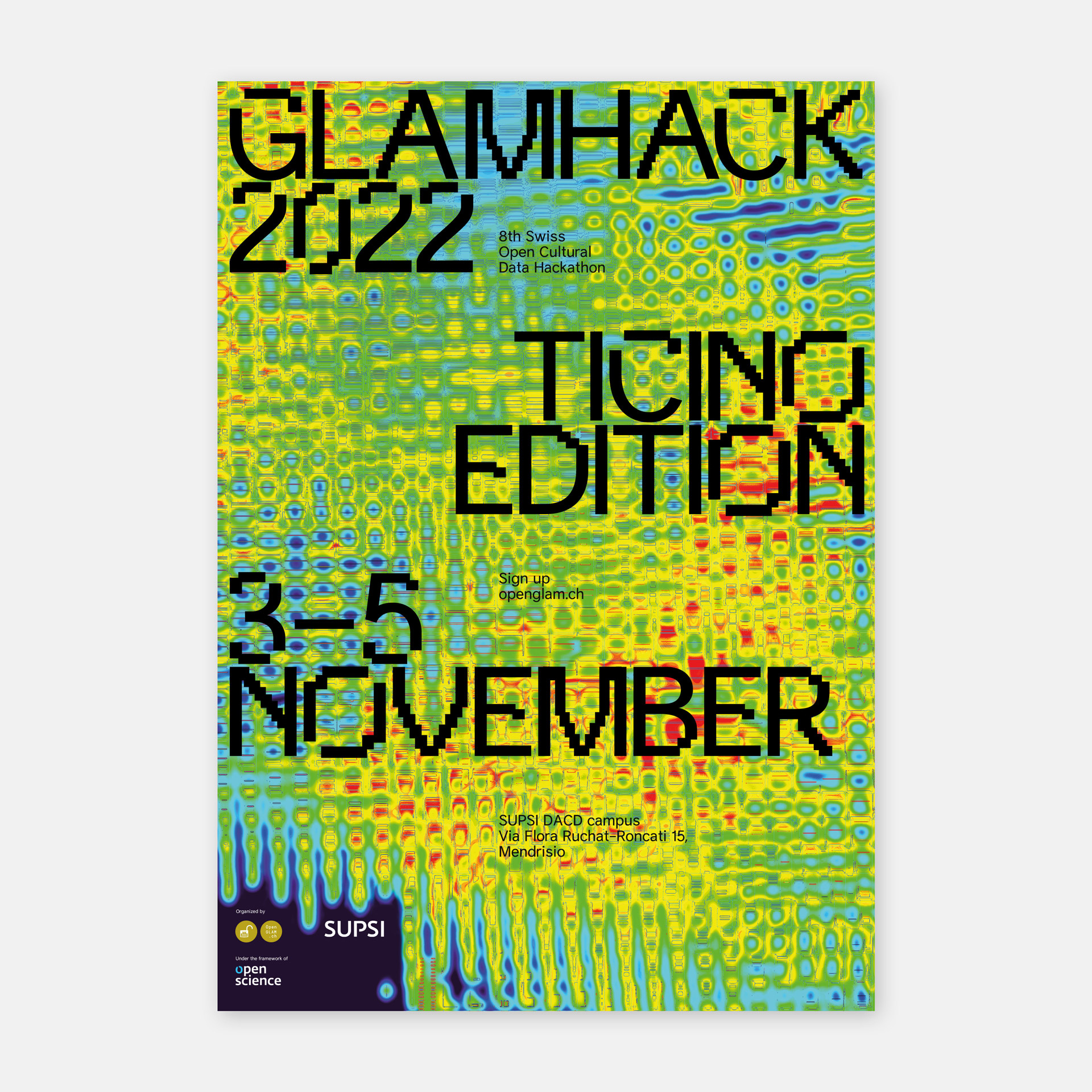Holodeck
Interactive touchless installation for science exhibitions
Abstract
Holodeck is an immersive, interactive installation offering users simulated experiences within three-dimensional environments, aimed at enhancing understanding of scientific topics. Conceived within the context of a room at the CERN Science Gateway — the European Organization for Nuclear Research's new visitor space — the prototype prioritizes natural, touchless interactions. Users are empowered to undertake a simulated journey across Mars via vocal commands and mid-air gestures.
Interface and Interaction Modality
The installation's design emphasizes an enjoyable exploration of scientific content and navigation within a three-dimensional space, all through natural touchless interactions. By leveraging body tilts, room positioning, mid-air gestures, and vocal commands, users can engage in a plethora of actions, propelling them further into the experience. The graphical interface serves as both an educational aid and a mechanism to provide feedback on the users' gestures and other natural interactions.
User Experience
The Holodeck offers a unique single-user experience tailored for science museums. It immerses the user in an entertaining, interactive exploration of scientific topics. The journey is bifurcated into two phases: Initially, users are submerged in a technological, enigmatic, and transcendental ambiance, setting the stage for the Holodeck. Subsequently, they are "transported" to a novel space-time continuum where the educational experience commences, demanding immediate engagement. In both phases, auditory cues significantly influence the overall atmosphere. Importantly, the entire experience is anchored in natural touchless interactions, designed for simplicity and intuition.
Research and Development Context
Extensive literature reviews were undertaken to grasp the underlying principles and best practices for crafting touchless natural interactions. Following this, a state-of-the-art analysis was executed to assess other designs geared toward elucidating scientific concepts through touchless interactive installations. Subsequently, interviews were organized to gauge user sentiments and perceptions related to a simulated Martian exploration.
Electronics
A medium-resolution prototype was developed using the Arduino Nano 33 BLE Sense Rev2 board. This board is furnished with motion and gesture sensors (APDS9960) and a microphone (MP34DT06JTR).
Abstract
Holodeck is an immersive, interactive installation offering users simulated experiences within three-dimensional environments, aimed at enhancing understanding of scientific topics. Conceived within the context of a room at the CERN Science Gateway — the European Organization for Nuclear Research's new visitor space — the prototype prioritizes natural, touchless interactions. Users are empowered to undertake a simulated journey across Mars via vocal commands and mid-air gestures.
Interface and Interaction Modality
The installation's design emphasizes an enjoyable exploration of scientific content and navigation within a three-dimensional space, all through natural touchless interactions. By leveraging body tilts, room positioning, mid-air gestures, and vocal commands, users can engage in a plethora of actions, propelling them further into the experience. The graphical interface serves as both an educational aid and a mechanism to provide feedback on the users' gestures and other natural interactions.
User Experience
The Holodeck offers a unique single-user experience tailored for science museums. It immerses the user in an entertaining, interactive exploration of scientific topics. The journey is bifurcated into two phases: Initially, users are submerged in a technological, enigmatic, and transcendental ambiance, setting the stage for the Holodeck. Subsequently, they are "transported" to a novel space-time continuum where the educational experience commences, demanding immediate engagement. In both phases, auditory cues significantly influence the overall atmosphere. Importantly, the entire experience is anchored in natural touchless interactions, designed for simplicity and intuition.
Research and Development Context
Extensive literature reviews were undertaken to grasp the underlying principles and best practices for crafting touchless natural interactions. Following this, a state-of-the-art analysis was executed to assess other designs geared toward elucidating scientific concepts through touchless interactive installations. Subsequently, interviews were organized to gauge user sentiments and perceptions related to a simulated Martian exploration.
Electronics
A medium-resolution prototype was developed using the Arduino Nano 33 BLE Sense Rev2 board. This board is furnished with motion and gesture sensors (APDS9960) and a microphone (MP34DT06JTR).
Year
2022
Context
Master thesis in Interaction Design
Team
design
Max Fonseca
thesis supervisor
Alessandro Masserdotti
coding
Matteo Subet
Max Fonseca
thesis supervisor
Alessandro Masserdotti
coding
Matteo Subet
